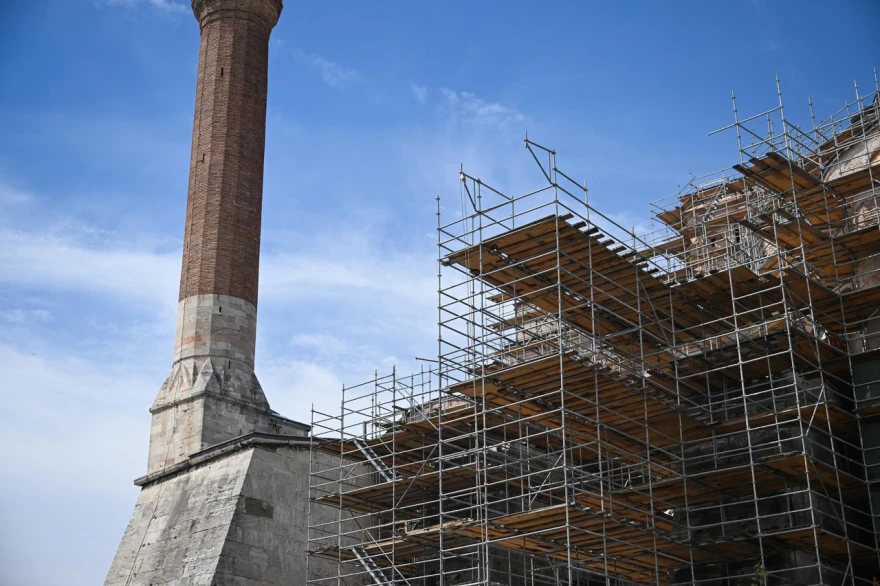Turkey Launches the Most Extensive Restoration of Hagia Sophia's Dome—The Monument Will Remain Open to Worshippers and Visitors
A major new chapter is unfolding in the story of Hagia Sophia. Turkey has officially launched the largest and most comprehensive restoration project ever undertaken on the structure’s iconic dome. This ambitious effort runs in parallel with broader preservation work that has been ongoing for over a decade at one of the world’s most treasured monuments.
The announcement came from Turkey’s Minister of Culture and Tourism, Mehmet Nuri Ersoy, who described it as “the most extensive dome restoration in the building’s history.” The goal: to reinforce the structure against earthquakes and preserve the architectural integrity of this UNESCO World Heritage site with meticulous care.
📹 Watch the video shared by the Turkish Minister below:
Tarihe sahip çıkıyoruz, Ayasofya’yı geleceğe taşıyoruz! 🕌
— Mehmet Nuri Ersoy (@MehmetNuriErsoy) April 14, 2025
1486 yıllık Ayasofya-i Kebir Camii Şerifi’nde, ibadete ara vermeden restorasyon ve güçlendirme çalışmalarımızı sürdürüyoruz. Bu çalışmaların bir kısmını tamamladık, kalan bölümleri ise dikkatle yürütüyoruz.
Bu süreçte,… pic.twitter.com/YIcwaN2eW6
Earthquake Protection and Mosaic Preservation
According to Turkish authorities, the restoration will focus on the exterior surface of the dome to avoid any impact on the priceless mosaics within. Lead coverings will be carefully removed, repaired, or replaced as needed. To shield the structure from weather damage during this process, the dome will be enclosed with a temporary steel frame and protective tarp.
A 43.5-meter-high steel platform will be installed, supported by four main columns. This setup is designed to allow both religious services and restoration work to continue simultaneously. As Minister Ersoy stated, “Prayer will continue, and history will be preserved.”
The restoration also involves a scientific assessment of past damage, including from earthquakes and fires, as well as simulations of major seismic events to identify and reinforce structurally vulnerable areas.
Open to the Public Throughout the Restoration
One of the most notable aspects of this project is that Hagia Sophia will remain open to worshippers and tourists throughout the entire restoration period. While this makes the process more technically challenging, experts emphasize the importance of maintaining public access to the site.
No official timeline has been set for the project’s completion. Authorities have acknowledged that unexpected factors may lead to delays, making flexibility a key part of the plan.
📸 Scroll down for exclusive photos of the restoration in progress.
A Monument with a Complex History
Originally built as a Christian basilica in 537 AD under Emperor Justinian, Hagia Sophia stood as a symbol of Byzantine glory for nearly a thousand years. After the fall of Constantinople in 1453, it was converted into an Ottoman mosque. In 1935, under Mustafa Kemal Atatürk, it became a secular museum—a symbol of modern Turkey’s secular identity.
In 2020, a controversial decision by President Recep Tayyip Erdoğan returned the monument to mosque status, prompting international debate and raising concerns about the preservation of cultural heritage.
This new restoration phase is part of a long-term Turkish government initiative to showcase and safeguard Hagia Sophia’s legacy. Even as it remains a religious site, the monument continues to stand at the crossroads of political, historical, and cultural discourse, both within Turkey and abroad.










